New insights into causes of sudden cardiac death in the young
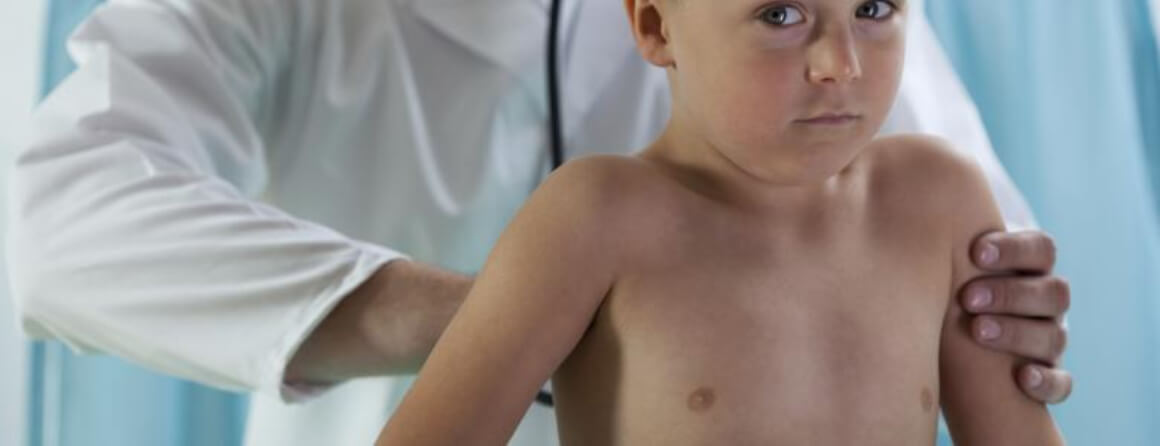
Genetic testing has shed new light on the deaths of nearly 500 young Australians and New Zealanders who died from sudden cardiac death in a 3-year period, the New England Journal of Medicine reports today.
“Sudden cardiac death in children and young adults has a devastating impact on families, care providers and the community,” says the University of Sydney’s Professor Chris Semsarian, who led the multinational study, which included researchers from the Murdoch Children’s Research Institute and the University of Melbourne.
“It’s a tragedy that claims the lives of two to three young Australians each week.
“Sudden cardiac death is a sudden, unexpected death in an otherwise healthy person occurring within an hour of symptom onset, or when unwitnessed, within 24 hours of the person last being seen in good health,” says Professor Semsarian.
To source the cause of these deaths, researchers prospectively investigated all 490 cases of sudden cardiac death (SCD) occurring among people aged one to 35 years from 2010 to 2012.
Key results
They found a cause of death in 60 per cent of cases (292) by reviewing information from autopsies, coronial and police reports. Most of these deaths were explained by coronary artery disease (24 per cent), inherited cardiomyopathies (16 per cent), myocarditis (7 per cent) and aortic dissection (4 per cent).
However, the remaining 40 per cent (198) of cases were initially unexplained at autopsy.
To shed light on these, researchers obtained permission to analyse blood from many of these cases and do clinical screening among family members.
Testing found that one in four (27 per cent) unexplained sudden cardiac deaths had a clinically relevant genetic mutation, despite these people having structurally normal hearts.
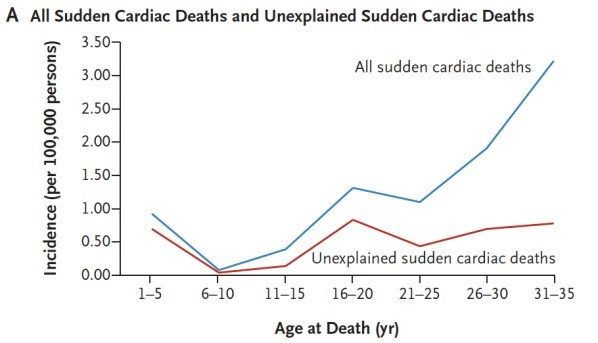
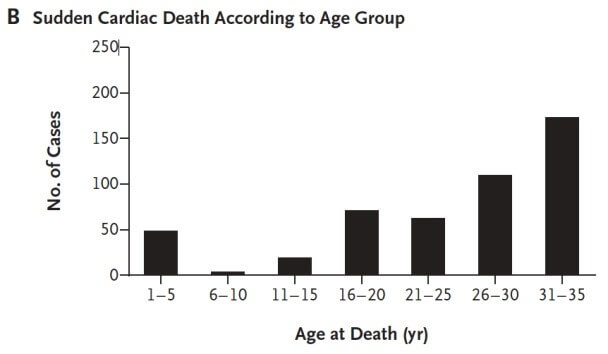
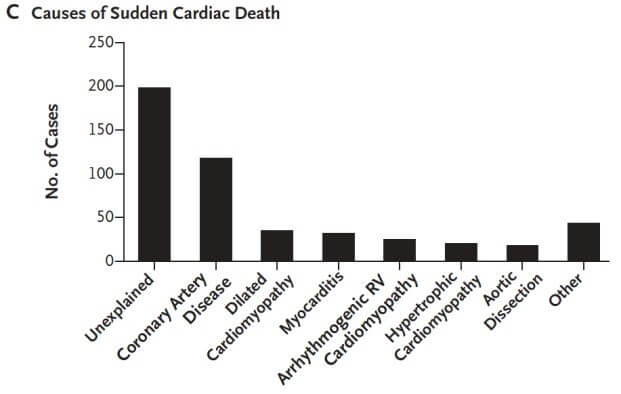
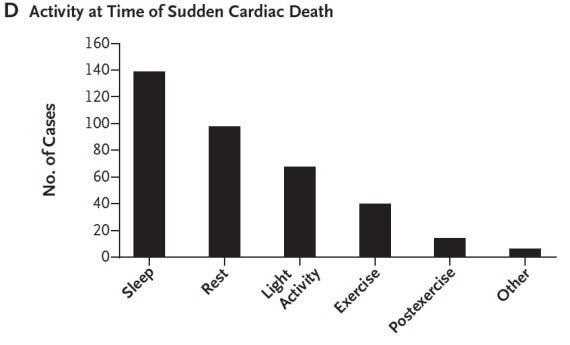
Age level analysis revealed that 31 to 35 year-olds had the highest incidence of SCD while 16-20 year-olds had the highest incidence of unexplained SCD deaths.
Also, most SCD cases occurred during sleep (38 per cent) or rest (27 per cent), questioning the efficacy of limiting strenuous physical activity as a way to reduce SCD among children and young adults.
“Making a clear genetic diagnosis in cases of unexplained sudden cardiac death in a young person has implications for surviving relatives,” says Professor Semsarian.
“Pinpointing the underlying cause can save the lives of others and bring some comfort to devastated families, especially when many of these deaths go unexplained.”
One of the study’s co-authors, Associate Professor Andrew Davis from Murdoch Children's Research Institute (MCRI), said that this information will be of direct benefit to families who have lost a child from sudden cardiac death. The multidisciplinary model of care we have developed along-side the study involves comprehensive clinical assessment and sophisticated genetic analysis to identify at-risk members who may benefit from simple but life-saving preventative therapy.
Beyond preventive advice and clinical care for at-risk family members, Semsarian says there are three ways to reduce sudden cardiac deaths in the broader community:
- Raise awareness – anyone who has had blackouts during exercise or a family history of genetic heart disorder may be at high-risk of sudden cardiac death. These people should see their GP to discuss a screening test.
- Teach CPR in schools, sports clubs, workplaces and community settings.
- Increase the availability of defibrillators and people trained to use them in schools, sports clubs and community venues.



